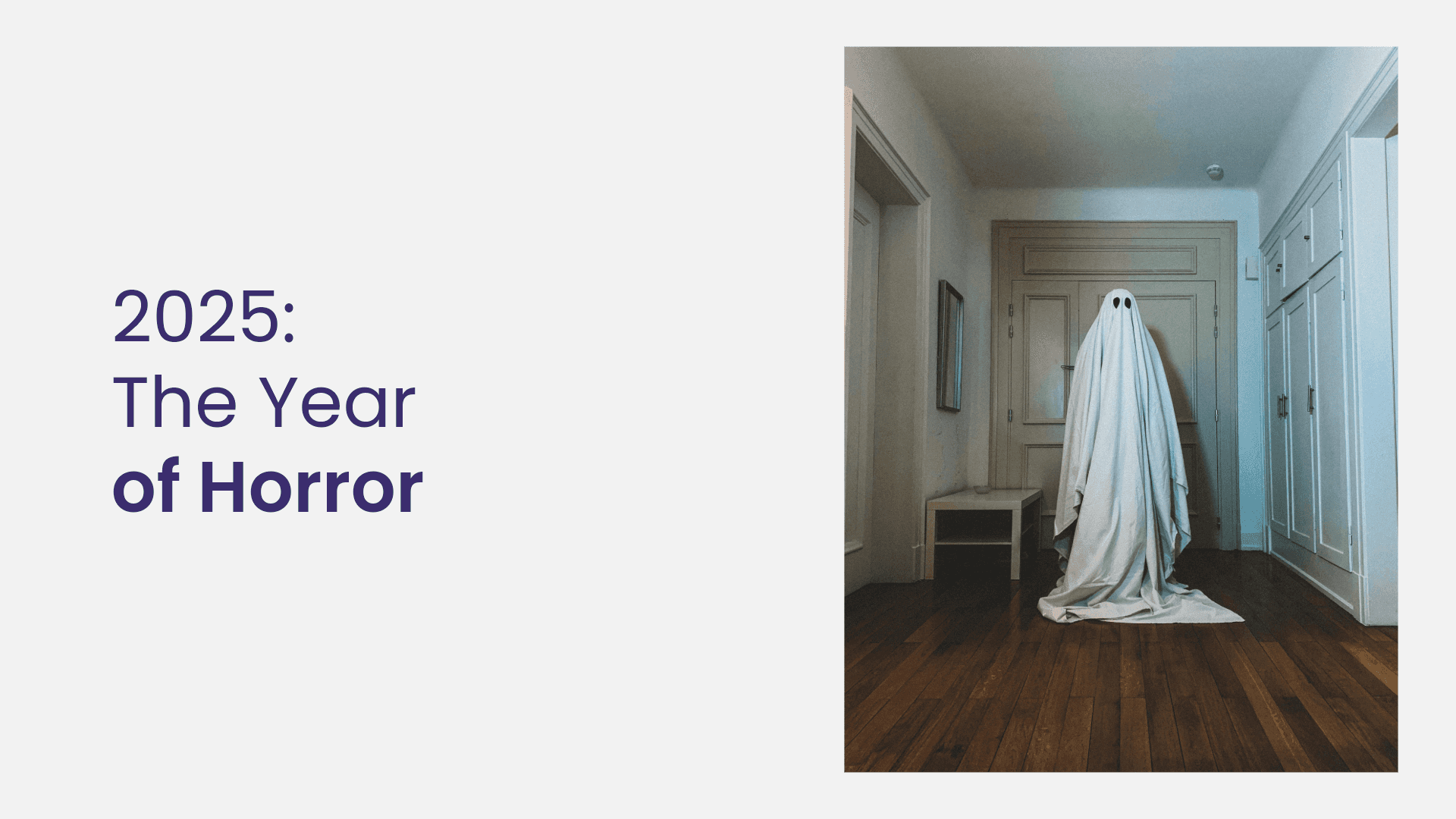
The Best Of CES 2019: How Will The Latest Innovations Impact Marketing?
Written by Daniel
The first ever Consumer Electronics Show (CES) took place in New York way back in 1967. Over 50 years later, the global technology conference is stronger than ever, making its name as the event for the world’s biggest tech companies to showcase their latest innovations.
Over the years, CES has put a spotlight on thousands of products that have changed the world as we know it. This includes the DVD (1996), HD TVs (1998), Tablets (2010) and countless other well-known tech products. This year’s event was no different, serving as a global stage for the latest innovations in smart home products, driverless car technology, wearables and countless other bits of tech that will undoubtedly shape the future of the world.
We take a look at some of the best innovations to come out of CES 2019 and how they may impact marketing and advertising over the next few years.
5G Technology
It’s been widely discussed that the roll-out of 5G connectivity will have a massive impact on technology advancements over the next few years. With speeds up to 1,000 times faster than 4G, surpassing even the fastest home broadband networks of 2018, 5G will make the future of connected devices even more accessible. With manufacturers like Samsung and Huawei promising 5G-ready smartphones in 2019, although Apple has said its phones won’t be 5G-ready until at least 2020, it looks like this new network standard is just around the corner.
It’s also likely that 5G connectivity will be good news for e-commerce sites, leading to reduced page abandonments and increased revenue. It’s widely accepted that slow website loading speeds can lead to a decrease in conversions; so much so that just a one-second delay in loading speed could cost Amazon $1.6 billion in sales. Faster internet speeds will also lead to faster-loading websites, which means more conversions for e-commerce websites. This means that even the slowest websites will be significantly faster than they are today and there will be less of a difference between optimised sites. Saying that, the slower sites will still need to be careful when uploading larger content to their site as it could impact the user’s data plan.
With smart devices operating on 5G at superfast speeds, the Internet of Things will also grow faster than ever before. This will result in people using more smart devices; everything from smart microwaves to smart, 5G-connected autonomous cars. This rapid increase in connected devices means that people will be spending loads more time ‘online’, opening up countless new opportunities for advertising real estate. For example, when you ask your Alexa-connected oven what to cook for dinner tonight it may present you with a list of recipes, along with some paid ads encouraging you to get a takeaway from Just Eat instead. Or when turn your smart mirror on in the morning, it might show you what some of the best new clothes from ASOS look like on you, with the use of AR technology. Combine this with some of the latest drone technology on display at CES 2019 and you can get the clothes delivered ready-to-wear within a matter of hours.
Smart Home Devices
Following on from this, CES 2019 saw an endless array of new smart devices. From an ‘intelligent toilet’ with an Amazon Alexa integration to a smart speaker that allows you to monitor your pets via camera while you’re out the house, even offering them treats, it seems like there’s a growing focus on smart devices that can be used within the home. With Alexa and Google Assistant becoming part of everything from your morning make-up routine to cooking dinner, voice search is going to quickly become part of our daily lives. With just under 4 billion IoT devices in 2014, recent predictions suggest that this number could rise to a whopping 50 billion IoT-connected devices by 2020.
You can already see these changes in motion; research suggests that 40% of adults now use voice search daily. This means that search marketers are going to need to shift their SEO strategies in order to target people using voice search. One of the easiest ways to do this is by focusing on more conversational, long-tail search terms. For example, whereas people may currently use their phones or desktops to manually search for ‘Leeds to London train price’, with the use of voice search it may sound more like ‘How much does a train from Leeds to London cost?’.
Another more complex way that search marketers can optimise their websites for voice-related searches is using schema mark-up for voice. If you’re new to schema mark-up (also known as ‘structured data’), it’s a way to mark up your content to highlight specific elements of a web page that crawlers may not be able to understand properly. Common schema mark-up includes Pricing, Authors & Recipes. Having this structured data on your website means that Google Assistant and Alexa will have a far easier time understanding some of the content on your pages. For example, implementing Pricing schema on your product pages will allow Alexa to give potential customers a specific answer when asked ‘How much does X product cost?’.
Technology In Cars
There was also a huge focus on automotive technology at CES 2019. From Nissan’s ‘Invisible-To-Visible’ (I2V) technology to Uber’s flying taxi prototype, there was some seriously impressive tech on display.
But the one thing that caught my eye from a marketing perspective was the Byton M-Byte. Featuring a massive 48-inch screen on the dashboard, as well as a touchscreen in the centre of the steering wheel, it seems that in-car entertainment will be the future of the automotive industry. Especially as the self-driving vehicle market starts to gain real traction. Just like the increase in connected devices, this will open up countless new opportunities for advertising real estate. From in-car voice ads to display ads on these in-car screens, the opportunities for advertisers will literally be endless. Who knows, maybe a portion of this screen will eventually be dedicated entirely to adverts?
Marketers will be able to access more data than ever too, leading to far more targeted ad campaigns. For example, if your car has been experiencing problems with its engine recently, your car will send that data to advertising platforms and you may be targeted with in-car ads to buy a new car or take it in to your local garage.
Audi also made a huge announcement at CES 2019, through their partnership with Disney to bring VR games and movies to your car. Their ‘Holoride’ technology will match up the VR experience to the length of your journey, using ‘elastic content’. This content will also match up to the movements of your car, offering an even more realistic VR experience; in Audi’s words:
“If the car turns a tight corner, the player curves around an opposing spaceship in virtual reality. If the car accelerates, the ship in the experience does the same.”
This sort of technology will be made even more accessible following the roll-out of 5G connectivity, offering super-immersive content with very little interruptions. As this sort of technology becomes more common within vehicles, you can expect advertisers to start creating paid content in these formats too.
Higher Quality Video
Another massive focal point of CES 2019 was the abundance of 8K-ready TVs. It seems like every manufacturer had a new 8K TV on display, from Samsung to Sony and everything in-between. Whilst critics have highlighted the fact that there isn’t much native 8K video content out there at the moment, this is likely to change. Slowly, but surely.
With 8K gradually overtaking 4K as the new industry standard, you can expect publishers to start producing a lot more 8K content. This will be helped with some of the major camera manufacturers, such as Sony, Canon & RED, preparing to launch models that can record 8K video. It will also be encouraged by more powerful graphics cards, such as Radeon and GeForce’s CES 2019 announcements; allowing creators to easily edit videos that have been captured in larger formats like 6K and 8K. Even so, Samsung and other TV manufacturers are investing in AI technology that can upscale and improve 4K video to make it look like 8K video. All in all, we expect to see higher quality video being used in advertising campaigns over the next few years.
So there you have it – some of the biggest talking points of CES 2019 from a marketing perspective. We’ve seen technology progress at an incredible rate over the last few years, but from some of the tech on display at this year’s event it seems like this is only the very start!
What were your favourite pieces of tech at CES 2019? Why not let us know in the comments or via Instagram or Twitter?
Want to discover more digital marketing tips and tricks? Why not sign up to our mailing list for all the latest insights from Flaunt Digital?







